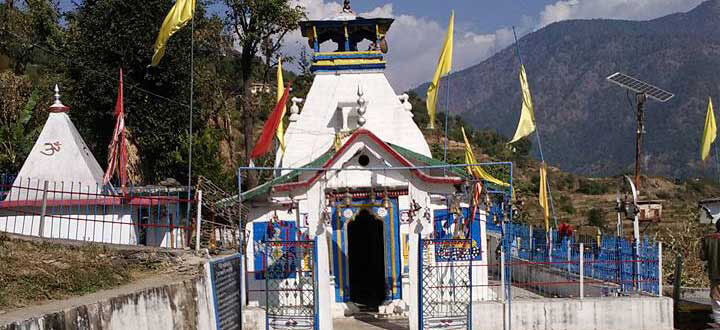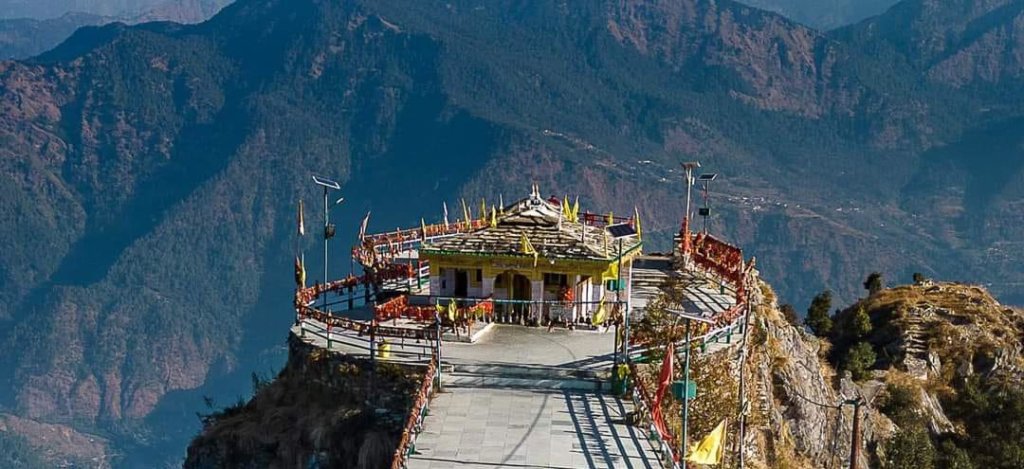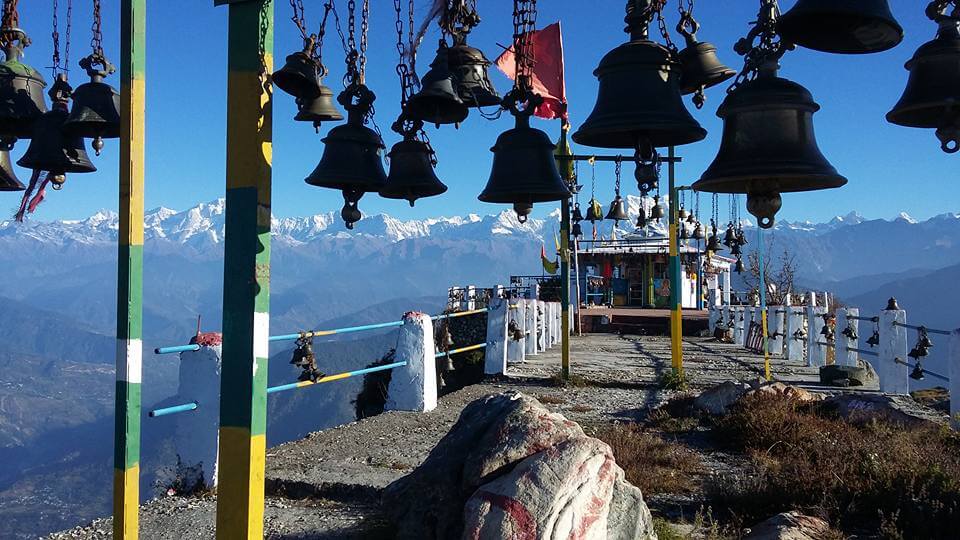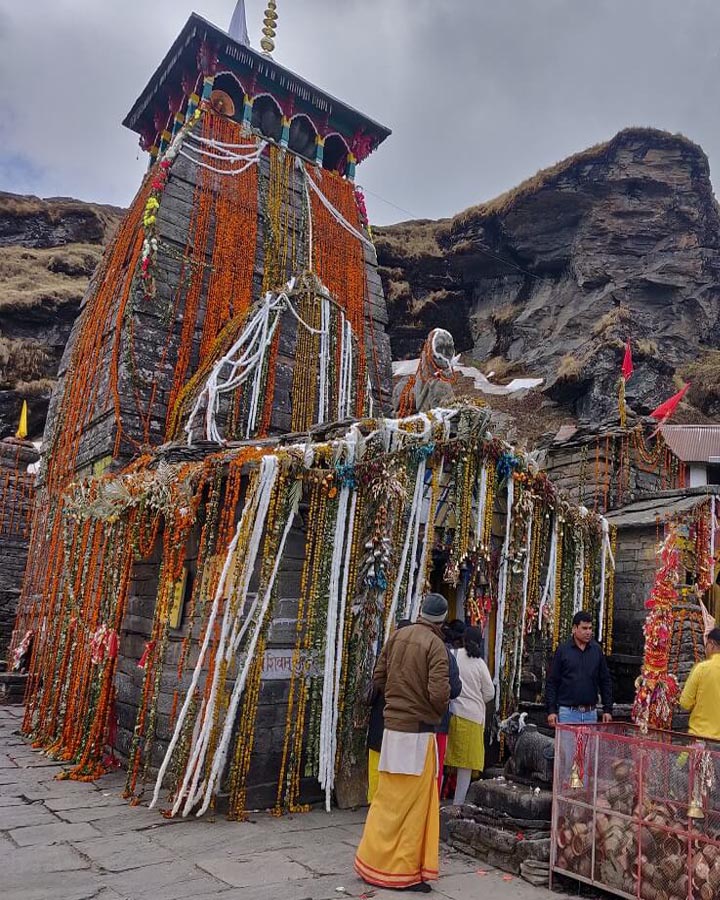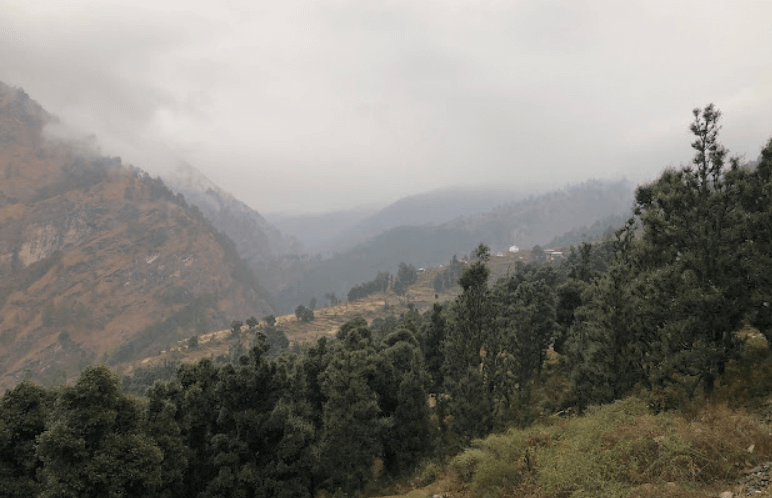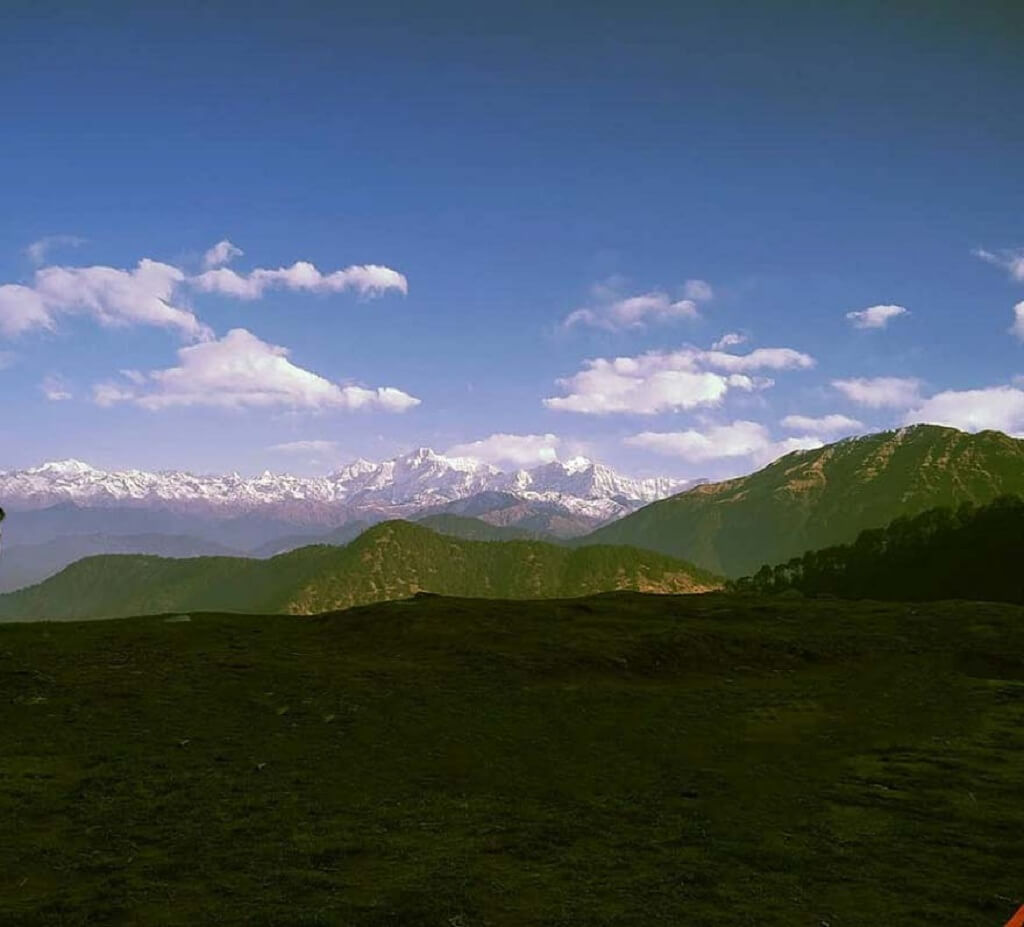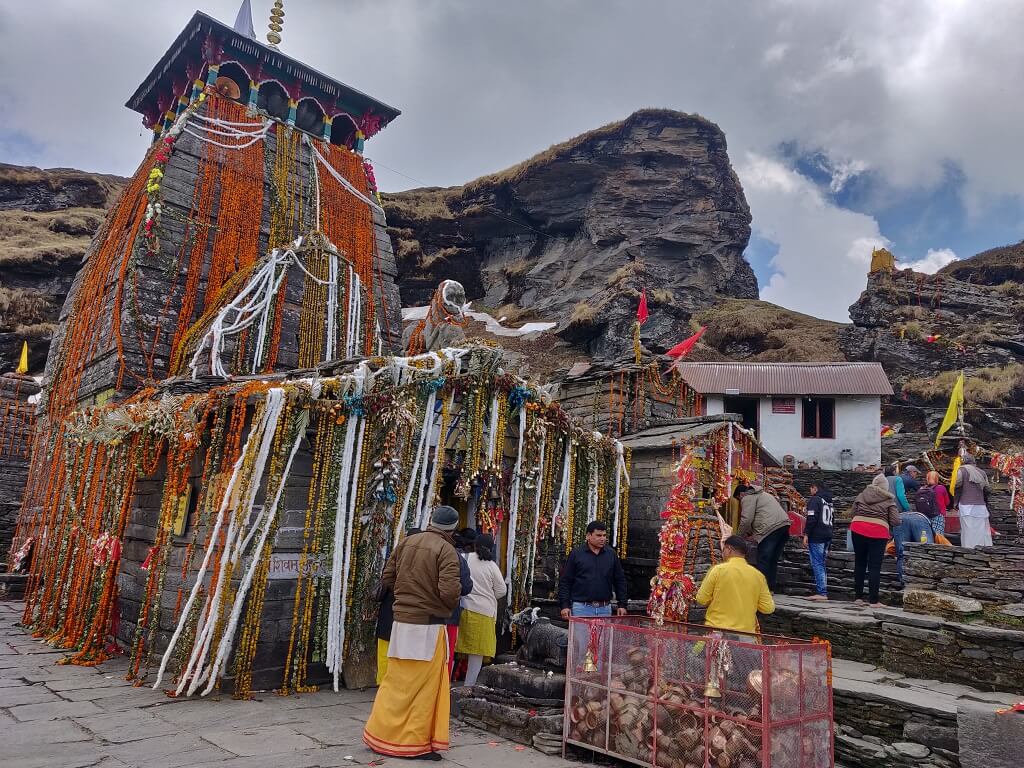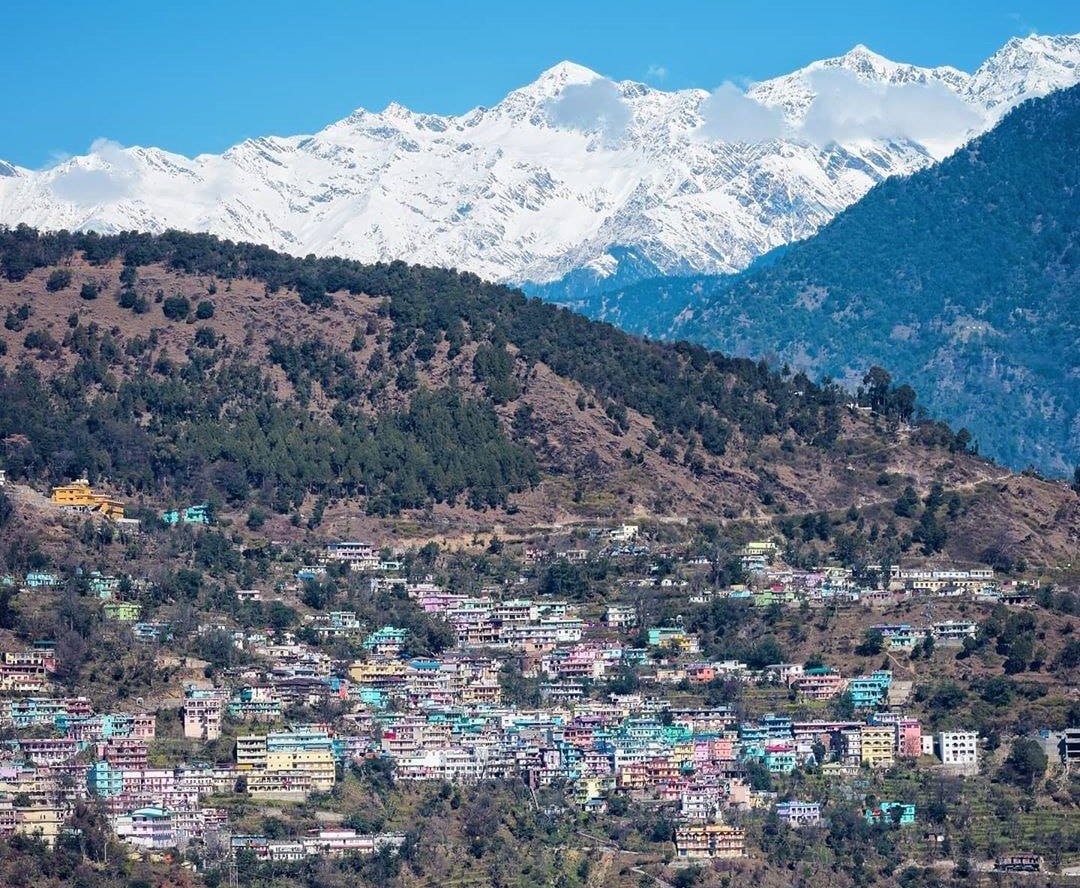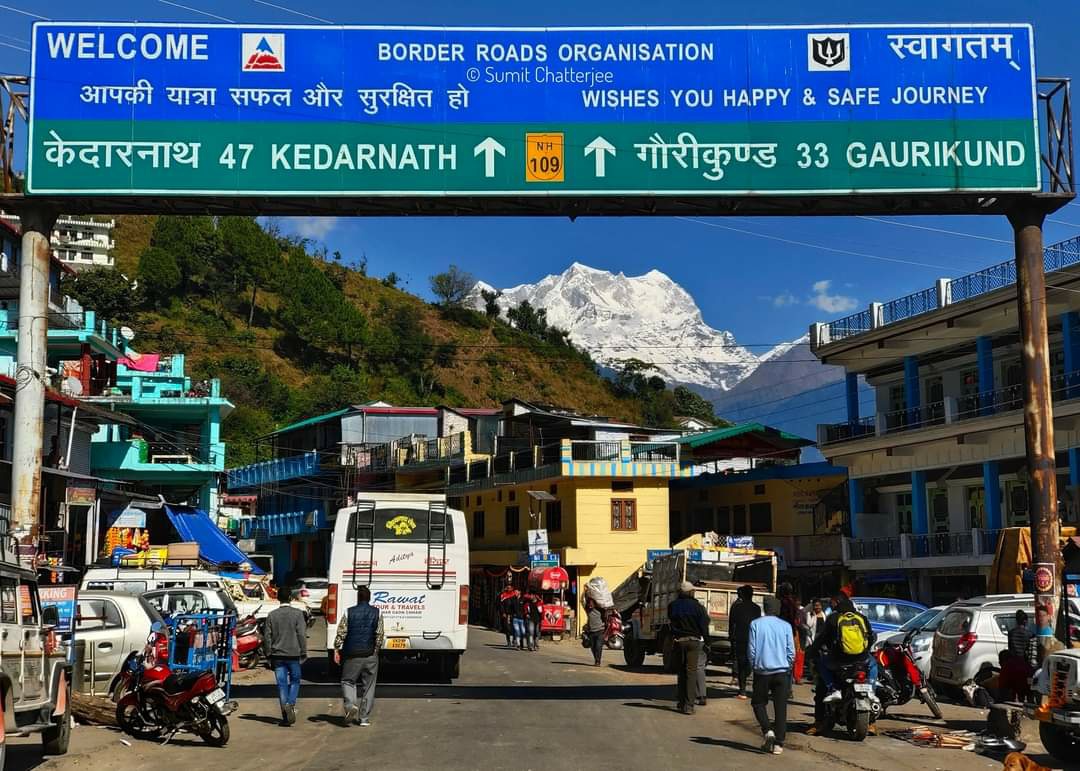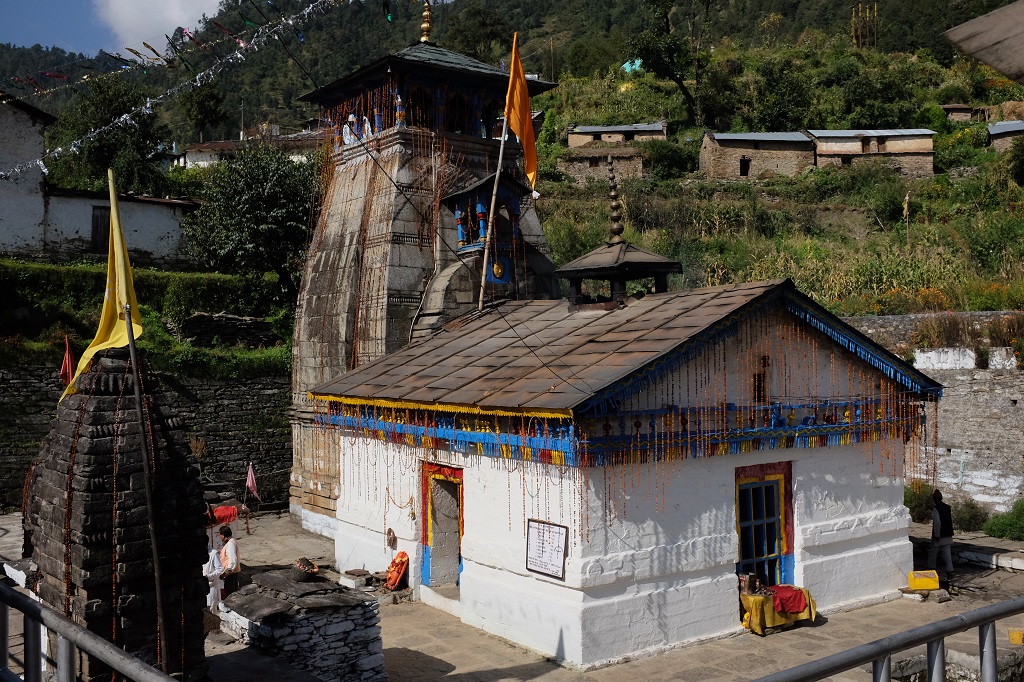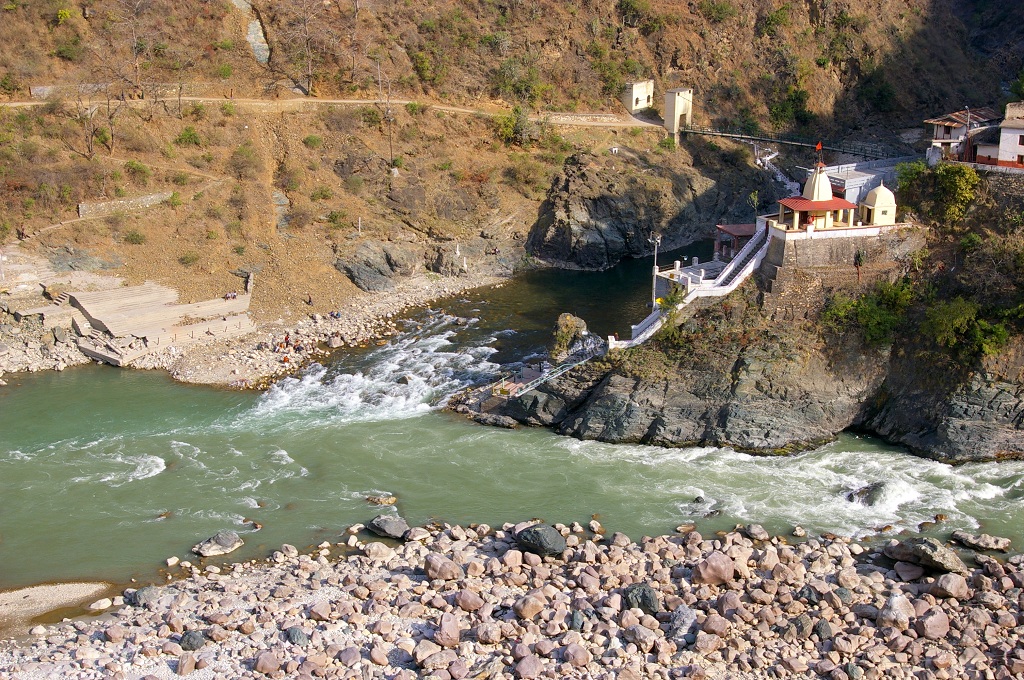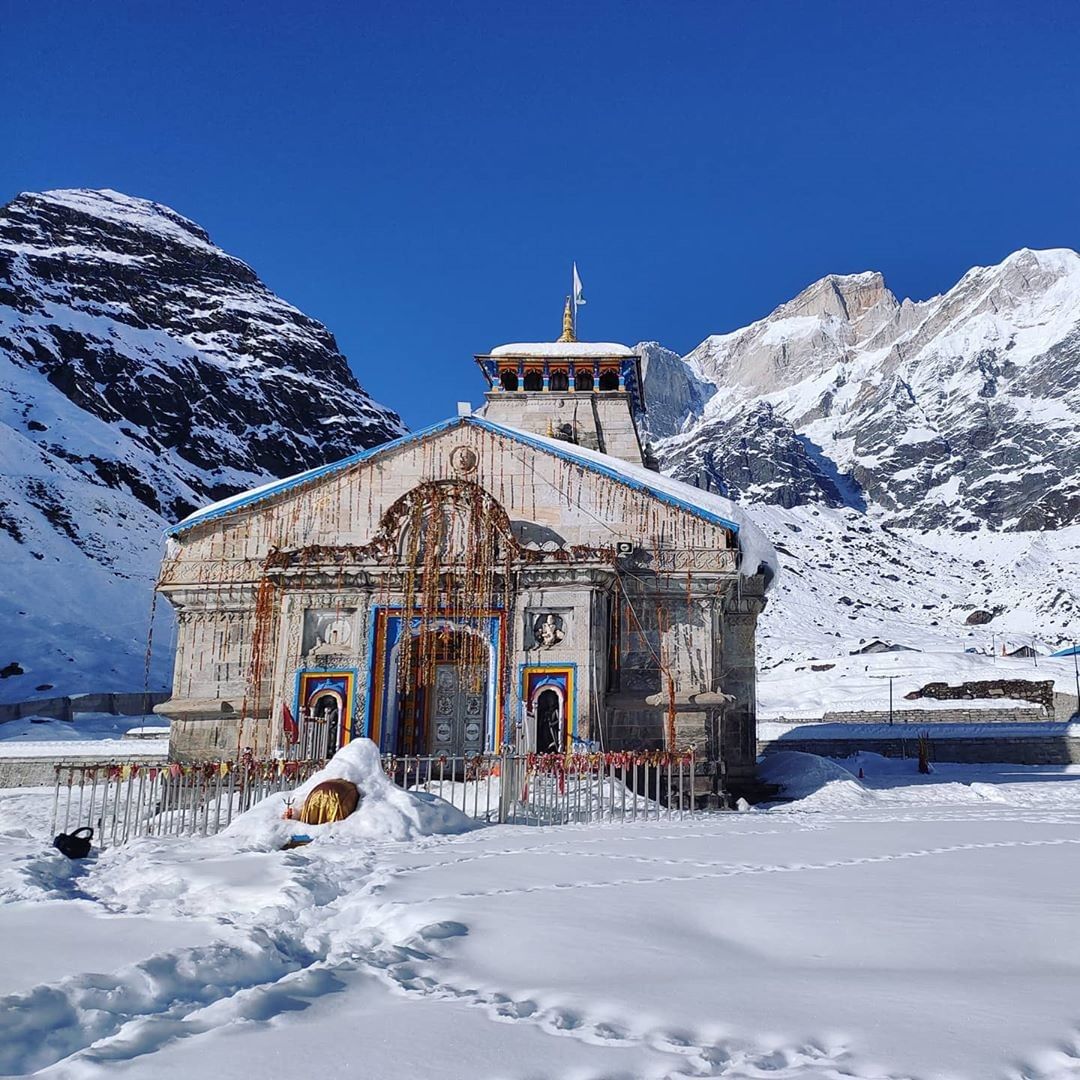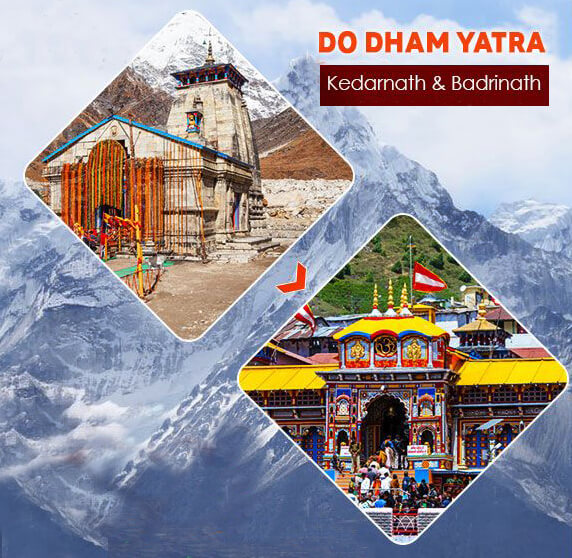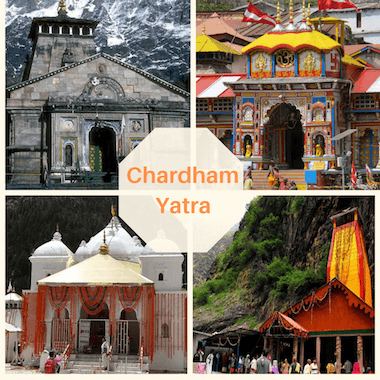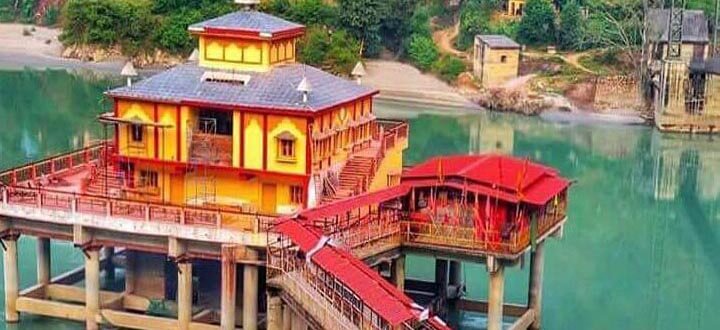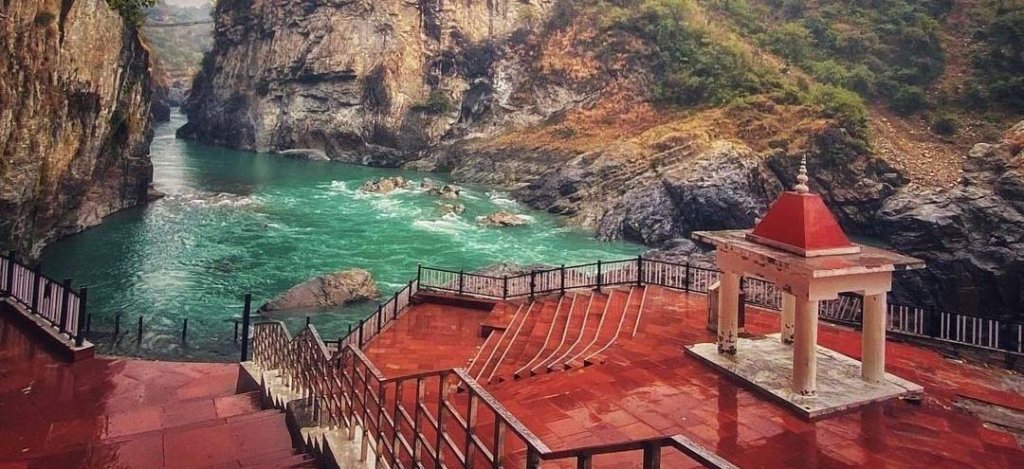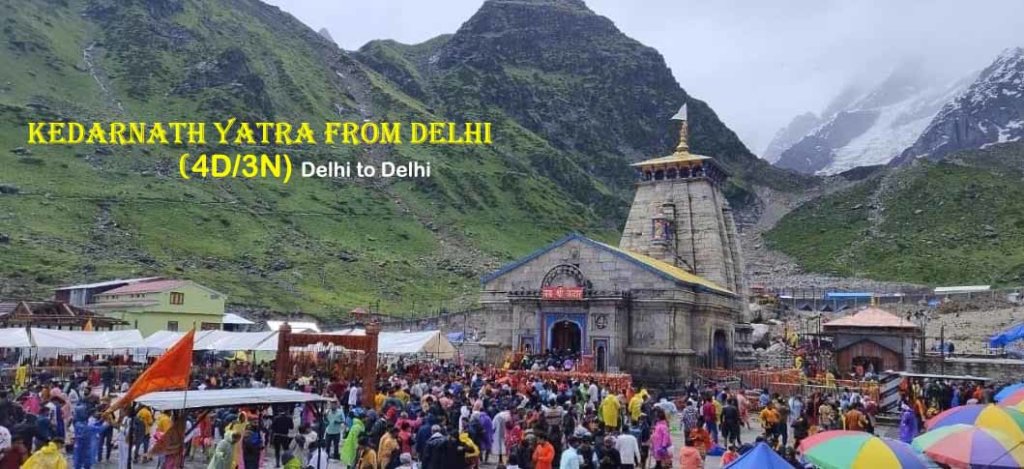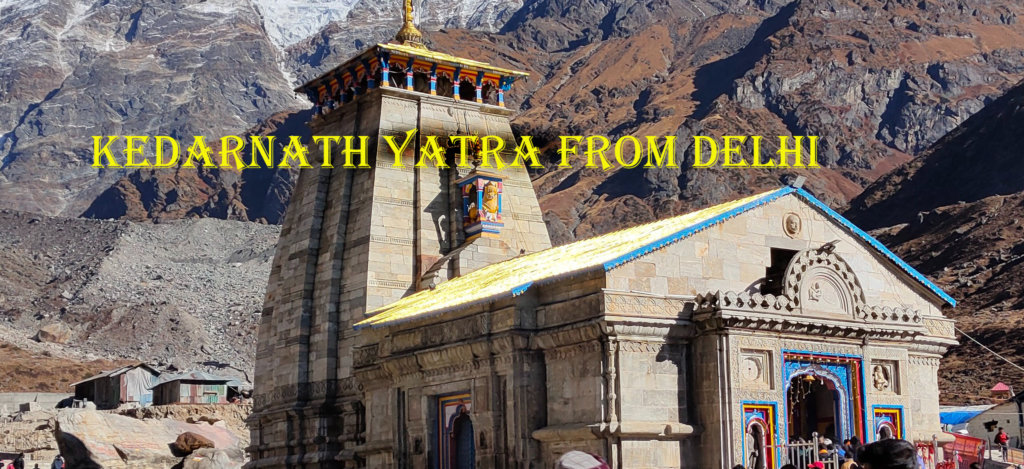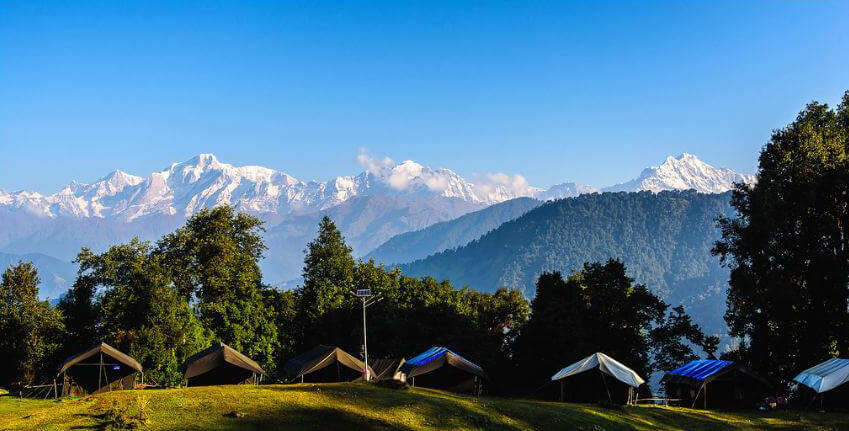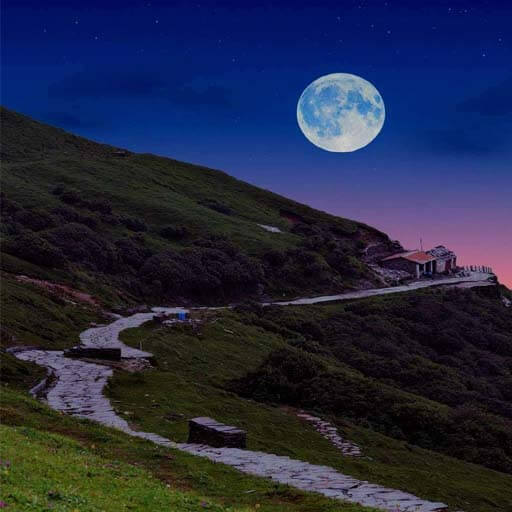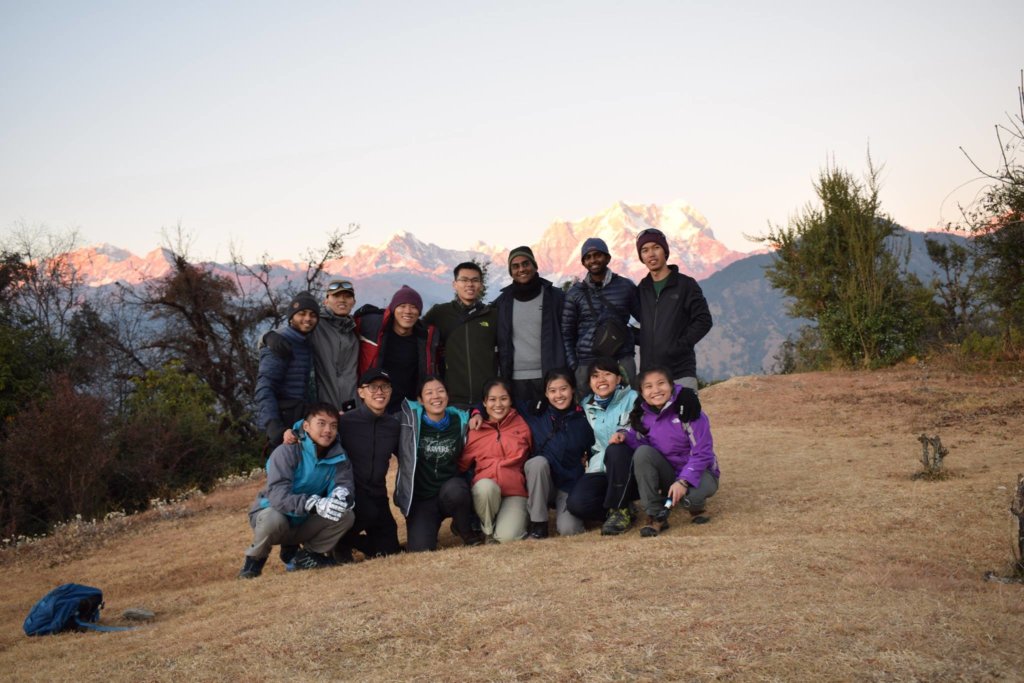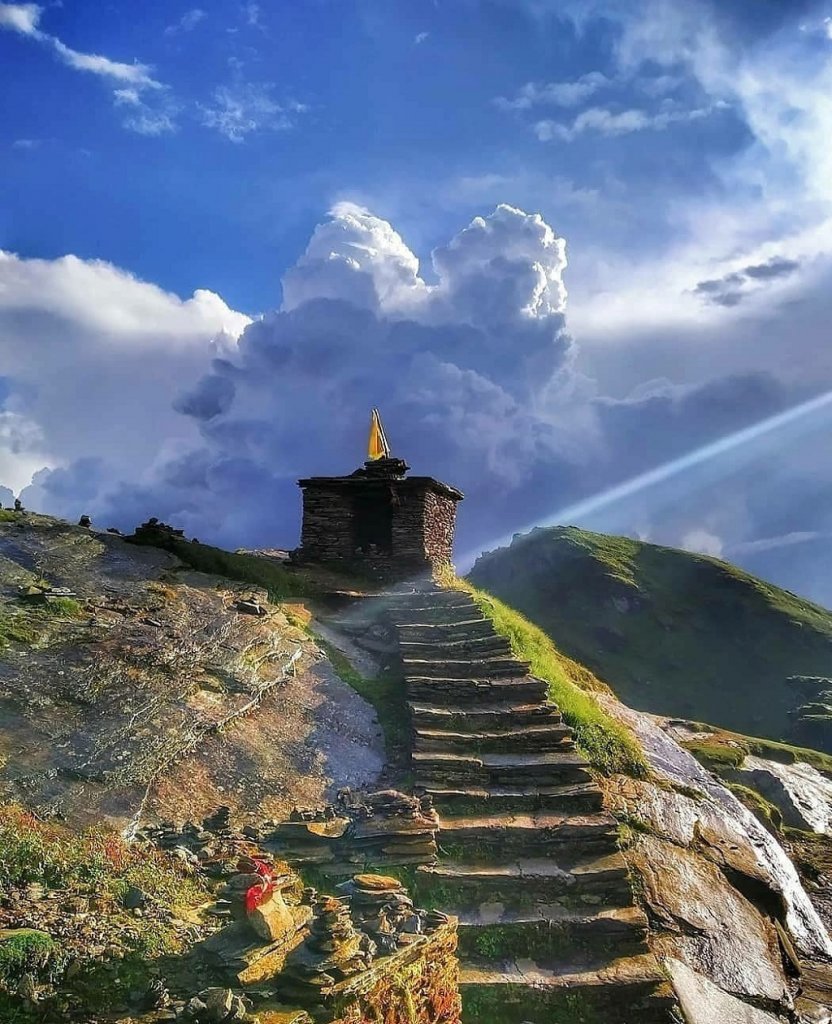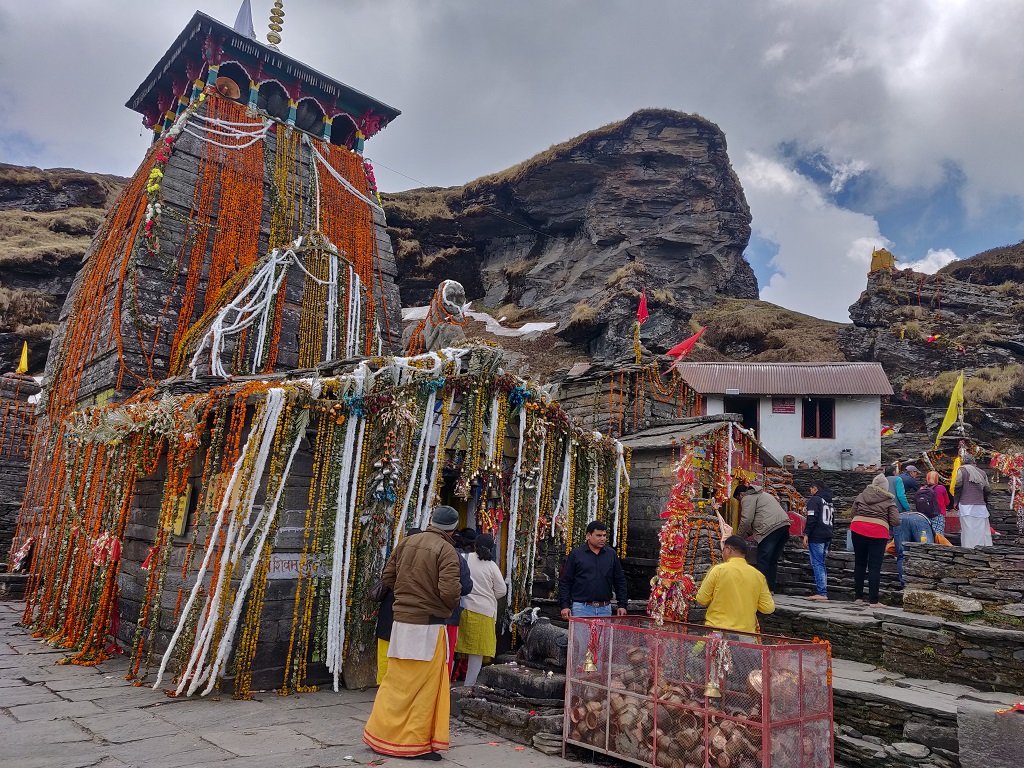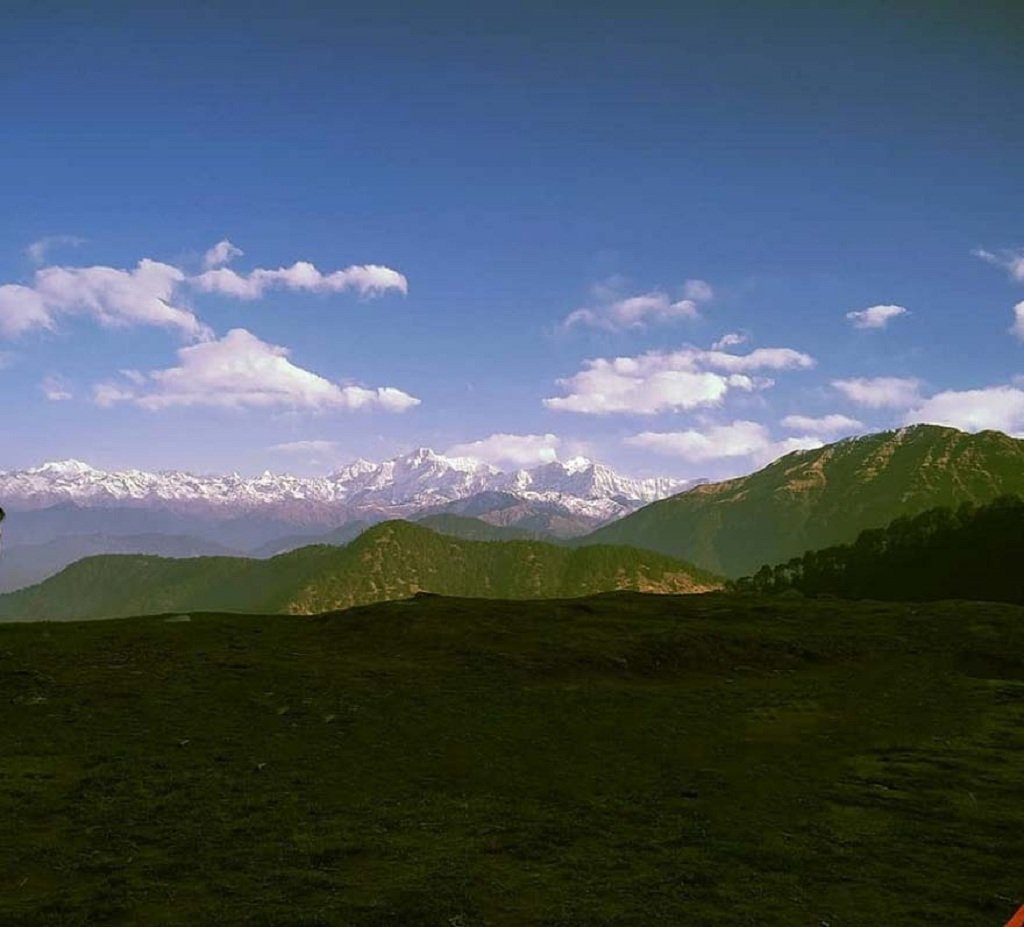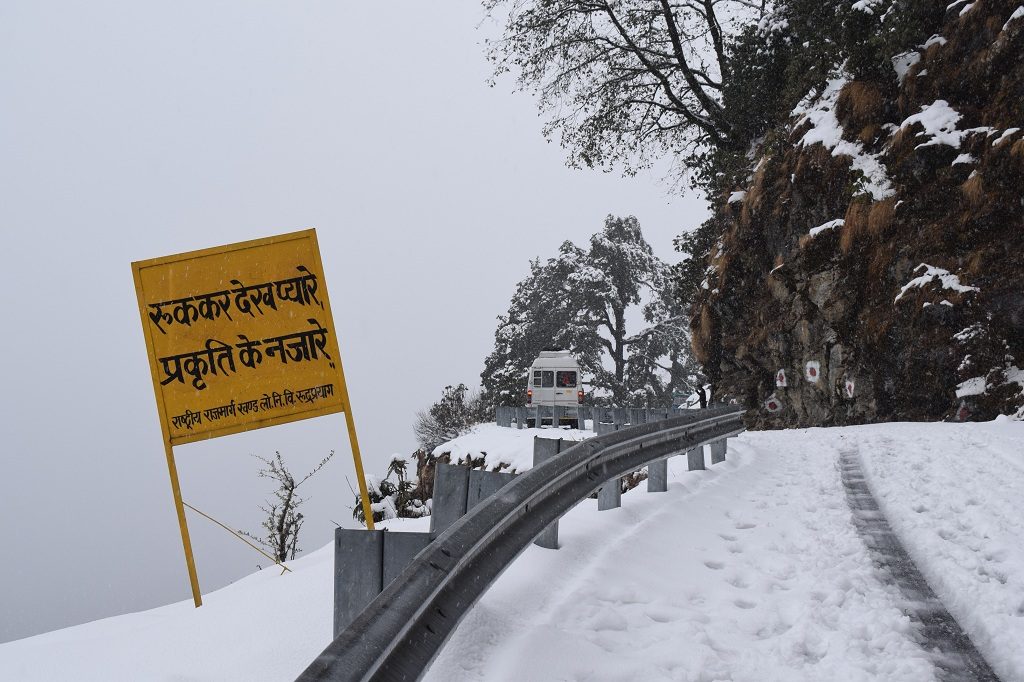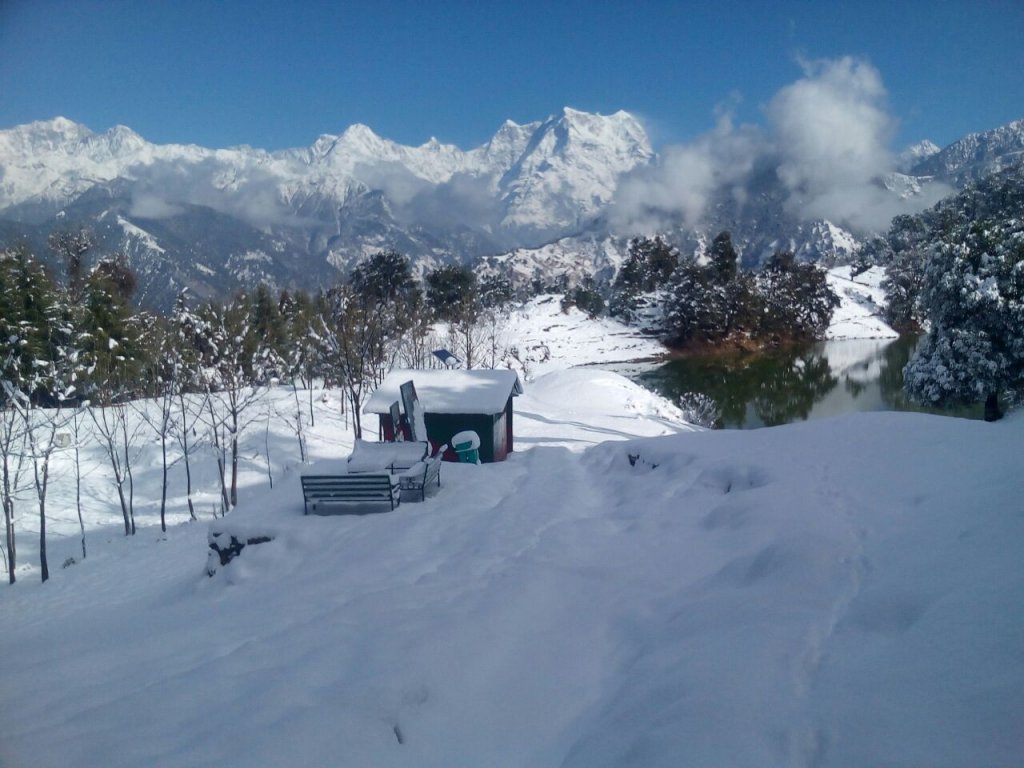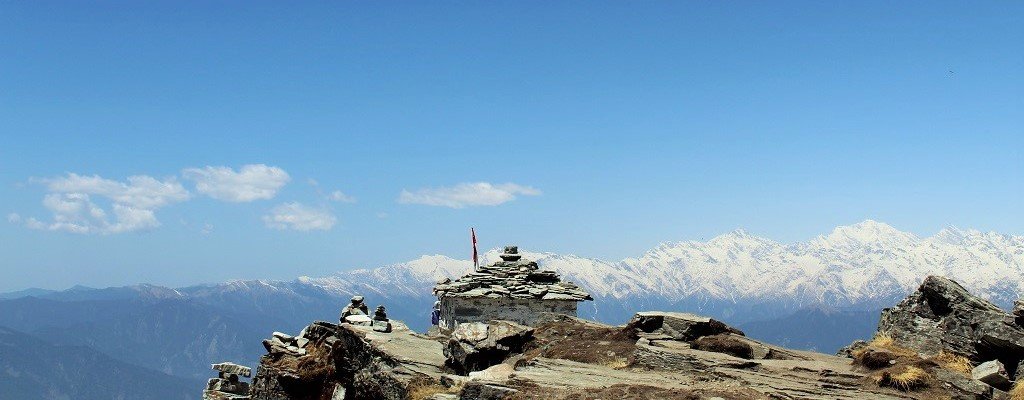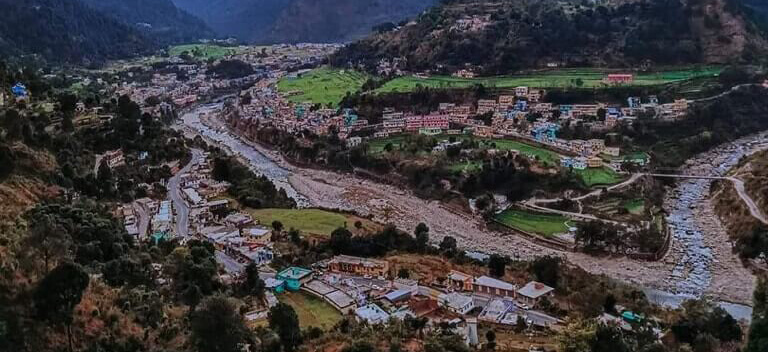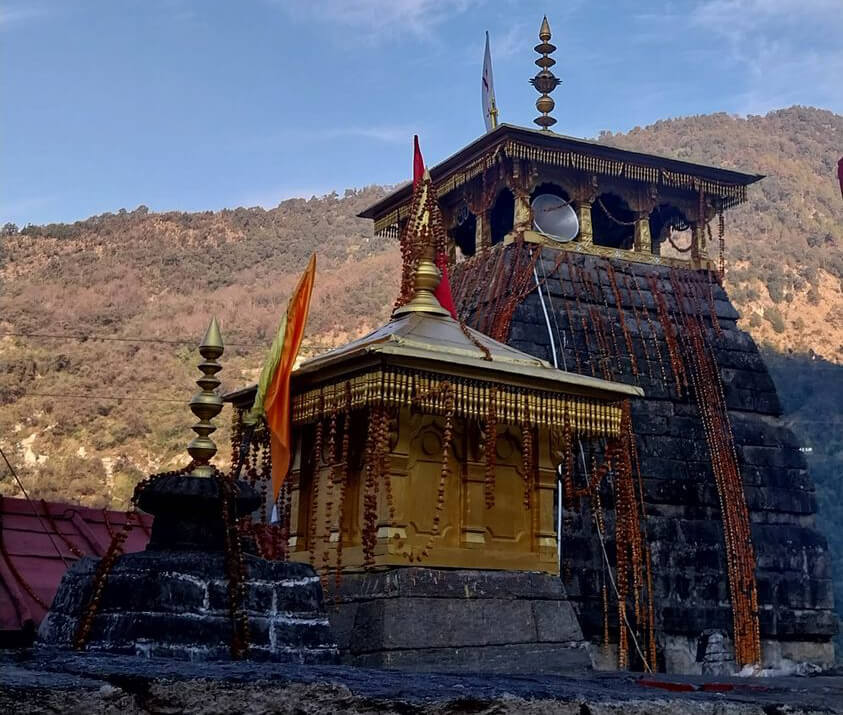The Hariyali Devi Temple is a revered Hindu shrine located in the state of Uttarakhand, India. Situated amidst the serene and picturesque surroundings of the Garhwal Himalayas, this temple is dedicated to Devi Kali, an incarnation of Goddess Parvati.Perched at an altitude of around 1,600 meters (5,249 feet) above sea level, the temple holds significant religious importance for locals and devotees who visit to seek blessings and pay homage to the deity.
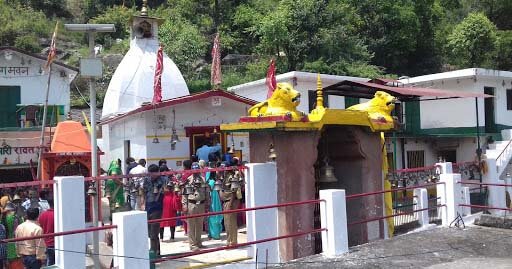
Hariyali Kantha Yatra
The Hariyali Kantha Yatra is an annual event that occurs on the auspicious day of Dhanteras. During this occasion, the palanquin (doli) carrying the adorned deity Hariyali Devi embarks on a journey from the Jasoli temple to the ancestral abode of the goddess, believed to be situated in the Hariyal mountain. As part of this ancient ritual, the palanquin is adorned with garlands, and a silver statue of the deity enhances its divine presence. The Yatra symbolizes a pilgrimage to the parental home of Hariyali Devi, and it holds special significance as it occurs once a year during the festive time of Diwali.
How To Reach Hariyali Devi Temple
By Road
From Delhi: The distance between Delhi and Hariyali Devi Temple is approximately 385 kilometers. The journey takes around 9-10 hours by road, depending on traffic and road conditions.
From Dehradun: Hariyali Devi Temple is about 175 kilometers from Dehradun. The journey typically takes around 6-7 hours by road.
From Rishikesh or Haridwar: Both Rishikesh and Haridwar are common starting points for journeys to Hariyali Devi Temple. The distance from Rishikesh is approximately 160 kilometers, while from Haridwar it’s about 180 kilometers.
By Train
The nearest railway station to Hariyali Devi Temple is Rishikesh Railway Station. The distance from Rishikesh Railway Station to Hariyali Devi Temple is around 160 kilometers.
By Air
The nearest major airport to Hariyali Devi Temple is Jolly Grant Airport in Dehradun. From the airport, you can hire a taxi or use public transportation to reach the temple.
The distance from Jolly Grant Airport to Hariyali Devi Temple is approximately 175 kilometers.

